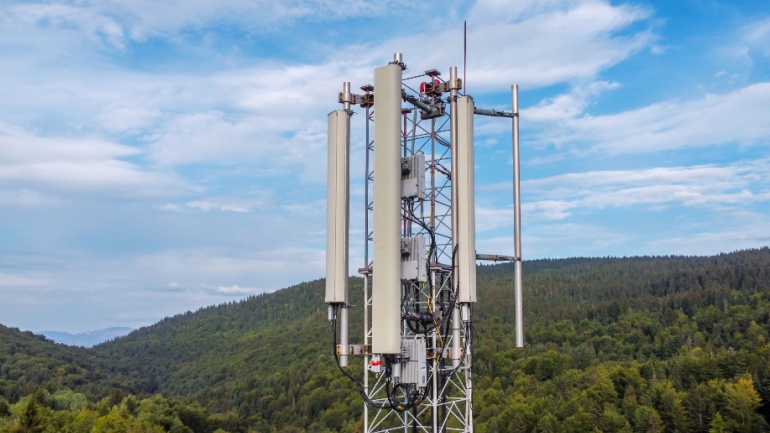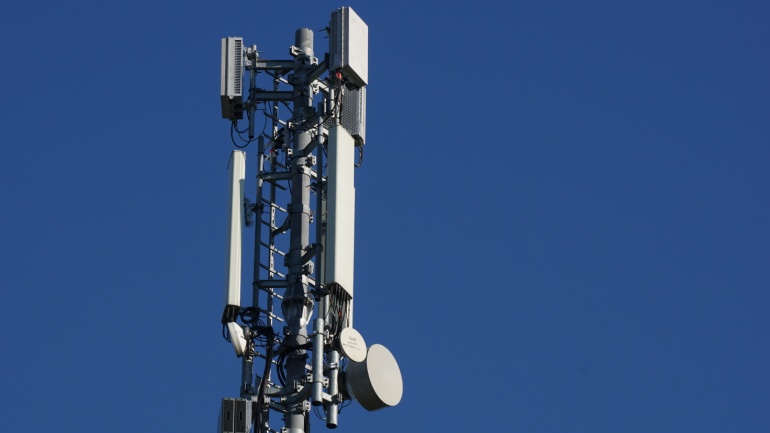Vodafone and Nokia have wrapped up a significant Open RAN trial in northern Italy after a three-month test period in the towns of Arcisate and Sernio, located in Lombardy. This trial, conducted on a standalone 5G network, aimed to assess the performance and viability of Open RAN technology in real-world conditions.
Intelsat, a leading satellite connectivity firm, has joined forces with farming equipment manufacturer CNH to introduce connected tractors and other agricultural machinery to Brazil, enabling precision farming in remote regions. The initiative involves installing ruggedized multi-orbit satellite terminals on CNH farm equipment across Brazil. These terminals will leverage Intelsat’s global network to establish connectivity, facilitating the real-time streaming of data between farm equipment and cloud services.
The move towards net neutrality took a noteworthy leap after a unanimous vote at the FCC session. This progressive policy asserts an equal playing field for all web content by banning ISPs from blocking or charging premiums for site delivery.
In a move to advance Open RAN technology, UK-based tech incubator Digital Catapult has introduced outdoor testing facilities through its SONIC (SmartRAN Open Network Interoperability Centre) Labs programme. The initiative aims to provide a real-world environment for firms to explore the practical value of Open RAN applications.
Telecommunications operators are increasingly turning to satellite technology to expand 5G coverage, particularly in rural regions, as indicated by new data from the Global mobile Suppliers Association (GSA). However, despite a rising number of partnerships and commercial launches, the market’s growth is slower than anticipated.
Comcast is revolutionizing the world of telecommunication by introducing prepaid options under its new ‘NOW’ brand. The lineup, including wireless, fixed broadband, Wi-Fi and streaming TV, aims at maximizing affordability and ease of use. Despite Broadband being less explored due to required installation process and risk factors, Comcast’s ‘NOW Internet’ is geared towards the prepaid segment, including user-friendly design and affordable rates.
Australia’s National Broadband Network (NBN) has marked a historic milestone by utilizing cutting-edge 100G PON technology to achieve speeds of 83 Gbps on its live full fibre access network. This breakthrough, claimed as a world first, signifies a significant leap in broadband capabilities for Australian consumers.
Bridging the digital divide in vast and harsh terrains like the Scottish Highlands, VMO2 embarks on a novel approach, utilizing a constellation of Low Earth Orbit satellites from Starlink for critical backhaul services. Bypassing conventional, costly terrestrial infrastructure, VMO2’s tests have proven the potency of satellite technology in improving coverage across the UK.
Tarifica’s Data Dive analysis is spotlighting the significant roles of Fixed Wireless Access (FWA) and fiber technology in escalating global internet connectivity. While fiber offers incomparable speed and reliability, FWA presents a cost-effective alternative where cabled installations are infeasible.
In a significant step toward enhancing the capabilities of the Large Hadron Collider (LHC), Nokia has successfully concluded an optical transmission trial in collaboration with SURF, a key player in Dutch education and research IT infrastructure. The trial achieved a breakthrough single carrier 800Gb/s optical transmission over SURF’s extensive cross-border network, which forms part of the vital research and education connectivity in Europe.













